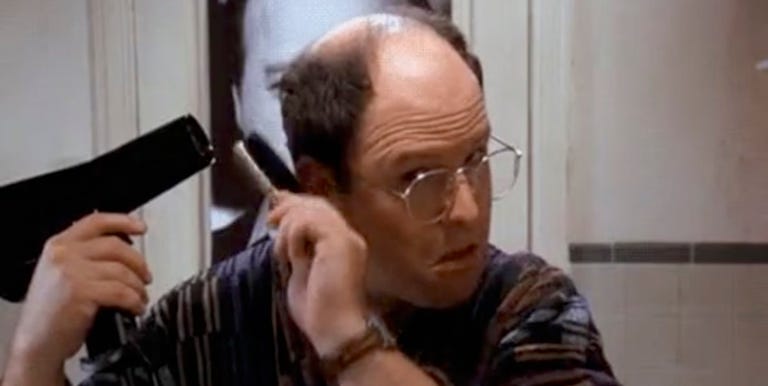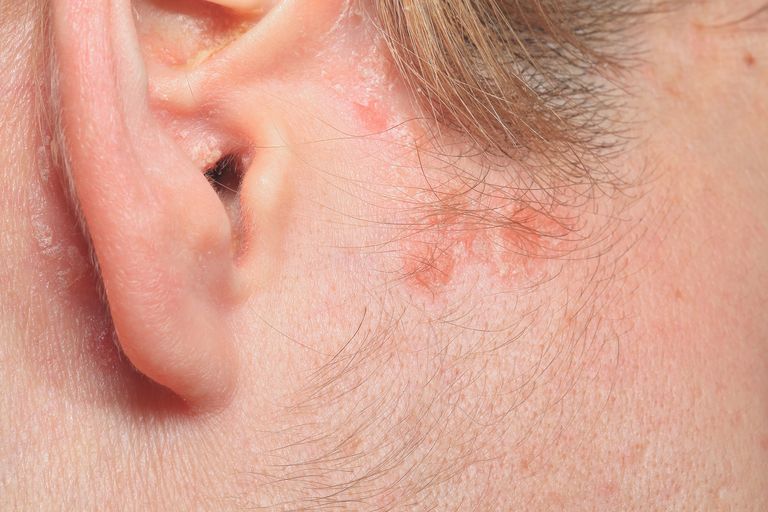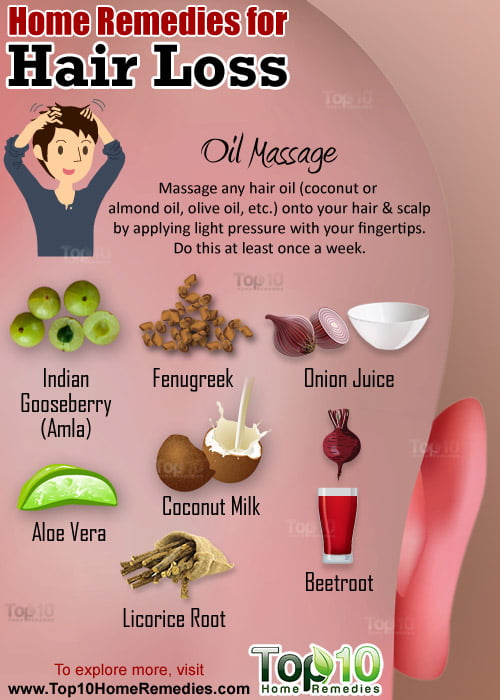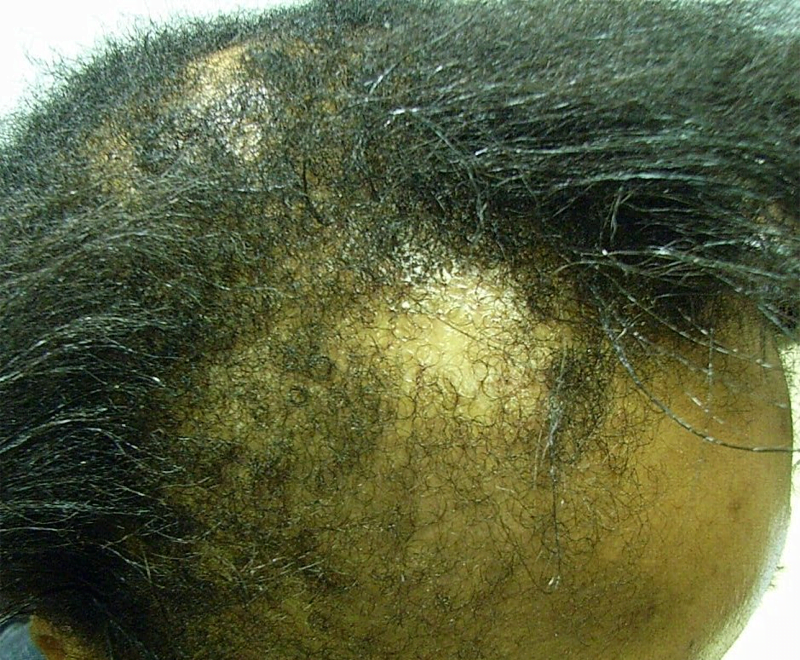
When you think about going bald, you’re probably thinking about male pattern baldness, a permanent and basically irreversible form of hair loss. Male pattern baldness tends to start with a receding hairline and thinning on the crown, which usually becomes more pronounced over time.
But if you don’t have male pattern baldness, and you start to notice clumps of hair in your shower, it’s understandable why you might freak out. After all, who wants to lose their hair for good?
First of all, it’s important to note that seeing some strands in your drain or in your hairbrush is perfectly normal. “Most people shed 100 to 200 hairs per day,” says Anthony Rossi, M.D., a dermatologist at Memorial Sloan Kettering Cancer Center.
But even if you’re losing more than that, male-pattern baldness might not necessarily be at play. In fact, there could be some temporary causes of baldness you should know about. Here are seven (temporary) reasons why you might be losing your hair — and what you can do about it.




















